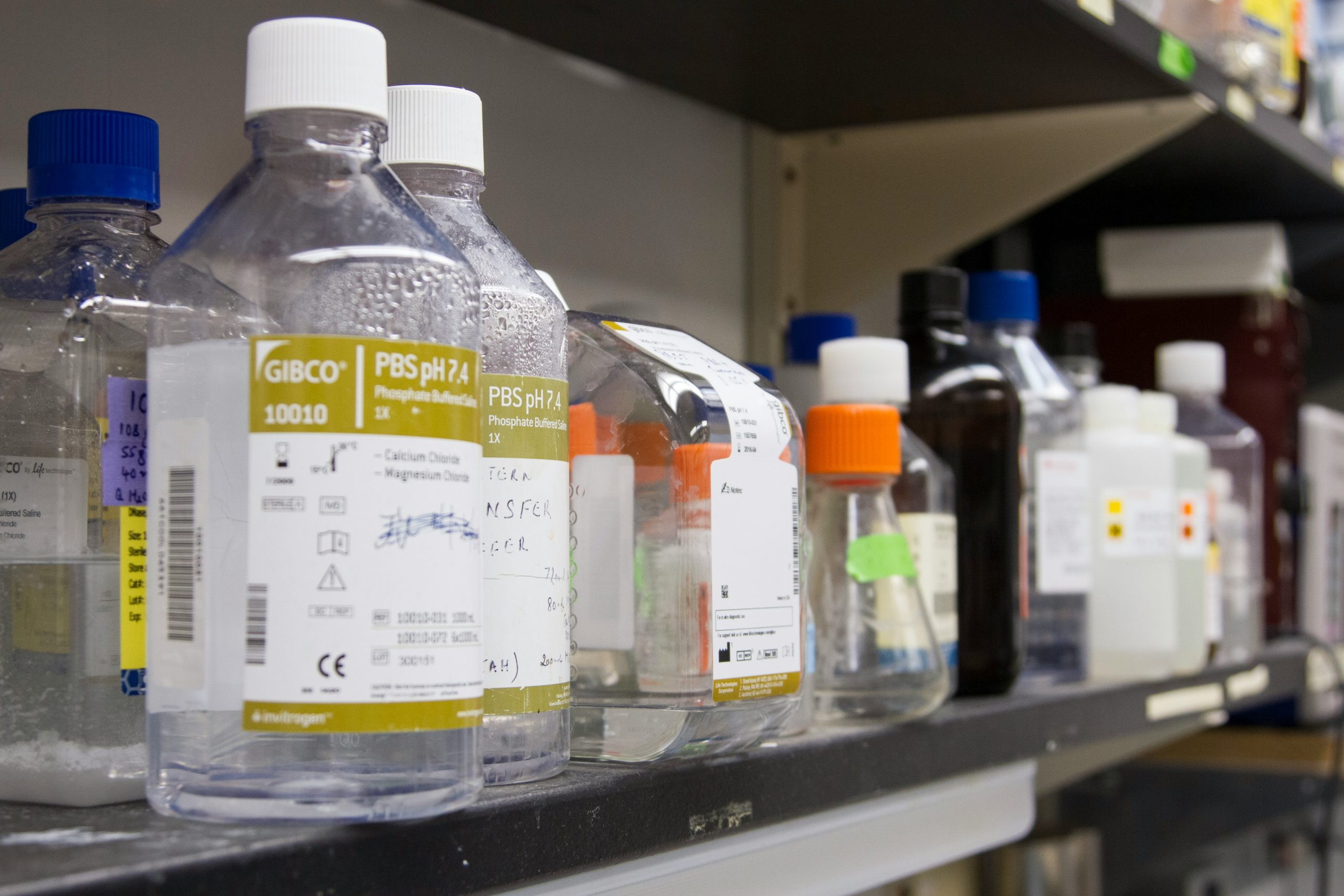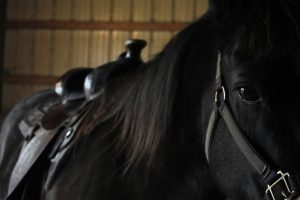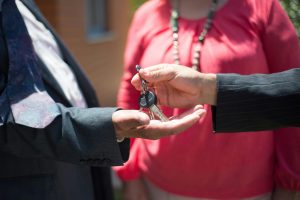Self-Repairing Silk: Spider DNA Engineered Into Luxury Fibers
Silk has long been known as one of the most luxurious and coveted fabrics in the world. For centuries, its soft and lustrous texture has been synonymous with wealth and elegance. But what if silk could do more than just look and feel good? What if it had the ability to repair itself, just like the way a spider spins its own web? This may seem like a far-fetched concept, but thanks to modern technology and the wonders of genetic engineering, self-repairing silk is now a reality. Scientists have successfully introduced spider DNA into silkworms, resulting in luxury fibers that have the potential to revolutionize the textile industry. Let’s take a closer look at this groundbreaking innovation and how it could change the game for silk production.
The Inspiration from Nature
Nature has always been the greatest source of inspiration for science and technology. And in the case of self-repairing silk, the answer lies in the intricate weaving skills of spiders. Spiders produce silk that is not only incredibly strong, but also has the uncanny ability to repair itself when damaged. This makes it the perfect material for building webs that can withstand extreme conditions and still remain intact. Scientists have long been fascinated by this natural wonder and have been studying spider silk in hopes of replicating its properties in other materials.
The Genetic Modification of Silkworms
Silkworms, on the other hand, have been domesticated for over 5,000 years for silk production. These creatures produce silk by secreting a liquid protein from their spinnerets that hardens when it comes in contact with air. Researchers have found a way to introduce spider DNA into silkworms, resulting in hybrid silk that combines the strength and self-repairing abilities of spider silk with the production efficiency of silk produced by silkworms. This is done by inserting specific spider genes responsible for silk production into the silkworms’ genome, making them produce silk with the added properties.
The Impact on the Textile Industry
The fusion of spider and silkworm DNA has the potential to revolutionize the textile industry in a number of ways. Firstly, self-repairing silk is incredibly strong and durable, making it a more resilient fabric compared to traditional silk. This means that it could be used to create clothing and other products that are less prone to wear and tear, ultimately reducing the need for frequent replacements. This could drastically reduce the amount of waste produced by the fashion industry, which is currently one of the biggest environmental polluters.
Moreover, the production process of self-repairing silk is more efficient and cost-effective than traditional silk production. This is because the silk produced by the genetically modified silkworms is stronger and requires less processing, resulting in a higher yield and lower production costs. This could lead to a decrease in the price of silk products, making it more accessible to a wider market.
Potential Applications of Self-Repairing Silk
The applications of self-repairing silk are not limited to just the fashion industry. Its strength and durability make it a promising material for use in medical, military, and aerospace fields. For instance, self-repairing silk could be used in making sutures that can heal themselves, reducing the risk of infection and the need for multiple surgeries. It could also be used to create stronger and lighter bulletproof vests and other protective gear. In the aerospace industry, it could be used to make stronger and more durable parachutes and other equipment used on spacecraft.
Challenges and Ethical Concerns
As with any new technology, there are also challenges and ethical concerns surrounding the production and use of self-repairing silk. One of the main concerns is the potential for unintended effects on the environment. While silkworms and spiders are not harmful to humans, the introduction of their genes into other organisms could have unforeseen consequences. Another concern is the impact on traditional silk production, which could result in job loss for those employed in the industry. Furthermore, there are concerns about the ethical implications of manipulating the genes of living creatures for commercial gain.
In Conclusion
Self-repairing silk is a breakthrough that has the potential to change the way we think about textiles. By harnessing the incredible properties of spider silk and combining it with the efficiency of silk production by silkworms, scientists have created a fabric that is not only stronger and more durable but also more sustainable. While there are still obstacles to overcome, the future is bright for self-repairing silk and its potential to revolutionize the textile industry and beyond.











